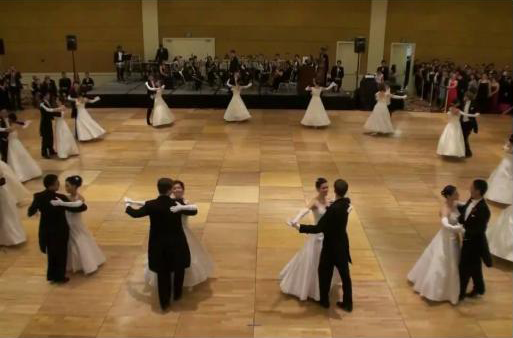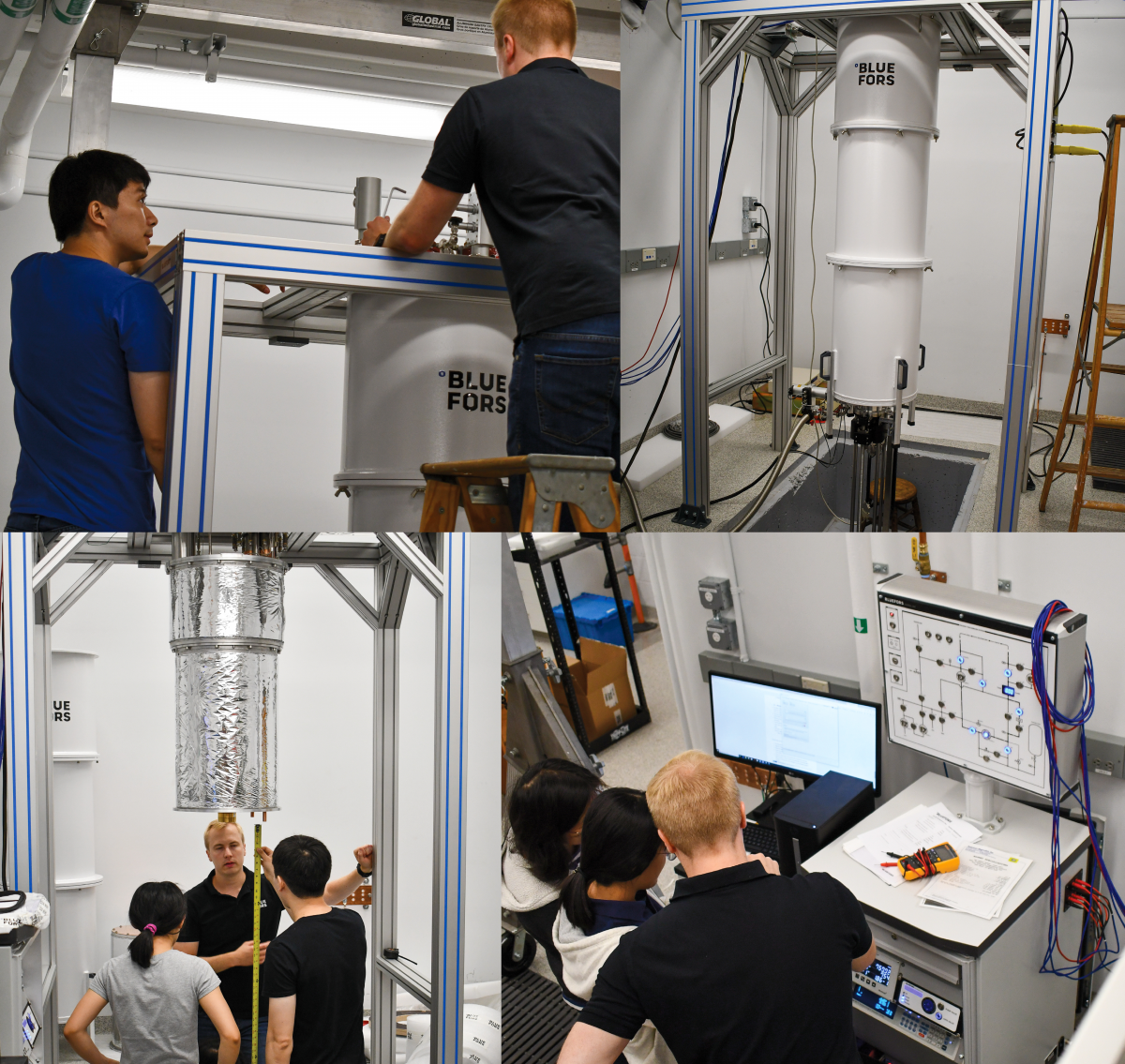.jpg) The nature of how electrons interact with each other holds the key to future technological innovations, such as quantum computation.
The nature of how electrons interact with each other holds the key to future technological innovations, such as quantum computation.
Physicists study this interaction in the extreme quantum limit, where it is free from disruption. At room temperature, the movement of electrons tend to be incoherent, featuring constant collisions with each other, much like a crowd of dancers at a party (Fig. 1a). Their movements are un-correlated, and they bump into each other constantly. Most importantly, it is almost impossible for physicists to control how this party goes, as no one will be listening to instruction.
On the other hand, at extremely low temperature, electrons display a type of behavior that is elegant and ordered. They often form pairs that move around in a coherent and correlated fashion, never colliding with each other, much like skilled dancers waltzing (Fig. 1b). When electrons move in such an ordered fashion, physicists are able to conduct the show using principles of quantum mechanics, making it possible to discover new physical phenomenon.


It has been a major challenge for physicists to achieve extremely low temperature and the quantum limit, where electrons are able to waltz together. This is now made possible in the Brown Physics Department, after the installation of the BlueFors dilution fridge in the Nano-Electronic Lab/Li Lab. The BlueFors dilution fridge is capable of generating extremely low temperature (less than 7 thousandths of a degree above absolute zero temperature) and extremely high magnetic field (200,000 times stronger than the earth’s magnetic field). Under this condition, Professor Leo Li intends to study the behavior of electrons in extremely thin materials. These 2-dimensional materials contain only one layer of atoms, providing a unique platform for engineering future materials and developing nano-scaled electronic components.

The dilution fridge unit was built in Finland, customized for the Nano-Electronic Lab over the time span of one year. It was delivered to Brown University on August 6th, in 6 wooden crates that combined, weighed more than 3 tons. The equipment was uncrated, assembled and tested in one week, with the help of Tuomas Nissinen, engineer at BlueFors, as well as graduate students and a post-doc from the Li Lab. The successful installation and operation of this system provides physicists at Brown university the capability of studying how electrons “waltz” together in the quantum limit.